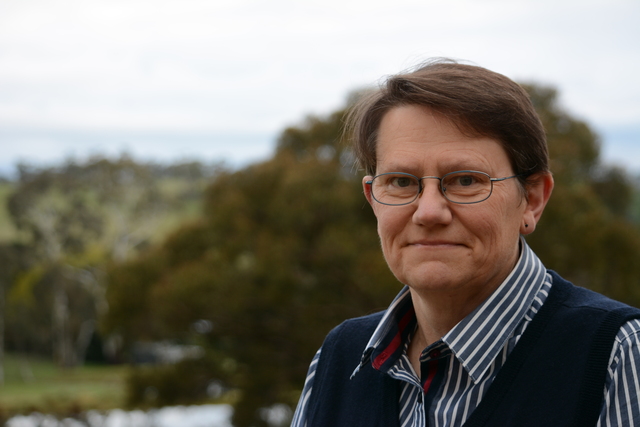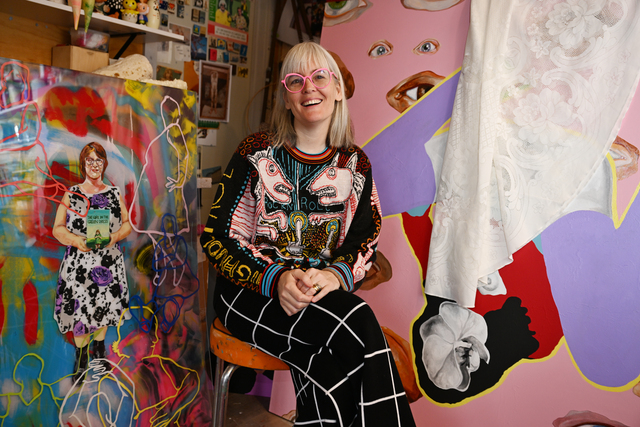Kyneton Library is hosting an event on the now heritage-listed Malmsbury Bluestone, covering its history and why it was designated as the first Australian Global Heritage Stone Resource this year.
Malmsbury Bluestone was heritage-listed in February, after it was nominated by Malmsbury resident Dr Susan Walter, who began her PhD on the stone in 2013.
“It was a result of an interaction with a local … semi-retired geologist, who said ‘you should go and … make contact with this person in Adelaide … he’d probably be interested’,” Dr Walter said.
“That [person in Adelaide] was a representative of what was then called the Heritage Stone Sub-commission, which is the organisation that’s dealing with these designations.”
After hearing about the criteria for heritage listing stones, Dr Walter began locating quarry sites in Malmsbury and researching where in Australia and internationally it was used.
Her findings showed that the stone fit the criteria for a Global Heritage Stone Resource, as it had been used in construction for over fifty years and had been transported interstate (including Fremantle and Launceston) and internationally to Christchurch and Auckland in New Zealand.
Many of these sites were heritage-listed, also contributing to the stone’s success in being successfully recognised this year.
“It was a strong stone that could bear compression … the Malmsbury viaducts are a really good example of that,” Dr Walter said.
“It was a lighter grey than a lot of the other bluestones … some of the cultural beliefs about bluestone in Melbourne is that it’s dull and dreary whereas this [stone] is a lighter grey, so it didn’t make such drab buildings.”
Dr Walter said its other appeal as a construction material was that it could be easily carved for ornate designs, especially doorways.
In Melbourne, she said you can see Malmsbury Bluestone used as decorative bands in the interior walls and columns of St Paul’s Cathedral, as a building material at Storey Hall, and carved as an ornate doorway at the pedestrian entrance to the Melbourne University underground car park.
There are also buildings in Malmsbury itself that feature the stone.
“It certainly opens your eyes up to a broader world, when you … walk around everywhere like I do now – you just spot stone everywhere and you just pose that question – what is that material? Where does it come from?” she said.
“[It’s] a bit of an eye-opener.”







